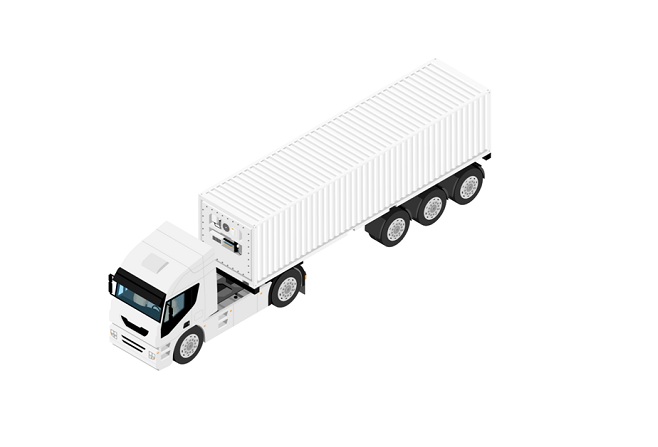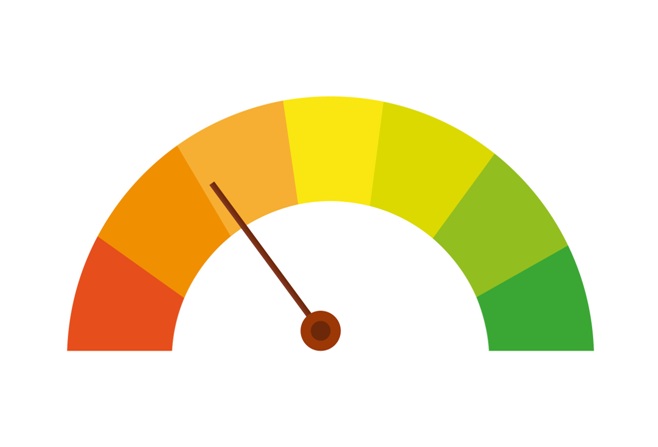If you’ve ever shopped at a grocery store, you undoubtedly come across items that require refrigeration or being frozen to stay safe. When they make their way to the store, they travel along supply routes known as the cold supply chain. The cold chain is one of the most critical parts of the supply chain structure because it essentially brings incredibly important items to consumers everywhere. It’s not just food that the cold chain handles. It’s also responsible for taking life-saving bio tissue to hospitals, pharmaceuticals to pharmacies, and vaccines to medical facilities everywhere. With climate and weather also being a significant concern these days, it behooves logistics managers everywhere to embrace technology as means to safeguard anything they’re transporting along the cold or normal supply chain. In this article, we’ll provide a great brief guide to some tech gadgets you can use to keep your supply chain robust and healthy as you keep rolling along into the future. Check it out below.

Table of Contents
Impact and Shock Recorders
Cargo damage is one of the most common issues that companies across all industries face. It can result in huge losses, not to mention major delays in delivery and other logistical issues. But there are ways to mitigate the problem, prevent damage, and ultimately keep the issue at bay! Impact indicators are one of the most common ways to spot and prevent cargo damage. Ostensibly small devices that can measure impacts and alerts users to the problem, impact recorders can provide a lot of insight into supply chain problems (especially mishandling). Hidden damage and broken items can be costly to replace. They can also create a customer service problem. Customer service and expectations are at an all-time high right now, too, so that just makes things more challenging. Implementing these unassuming devices into your regular supply chain monitoring routines can save you quite a bit over time and prevent damage throughout your supply chain.
GPS Tracking and Security Seals
Anyone who’s ever used their phone to navigate an area or had one installed in their car understands the value of having a global positioning system (GPS). They can work well for supply chain monitoring, too. A GPS tracking device can help you keep track of your shipments in real-time, so you can quickly and easily locate them if they go missing. Along with employing GPS and vehicle tracking, you should also package your cargo with security seals. Security seals create a tamper-evident seal around packages or containers. This can ultimately deter thieves and vandals from accessing your goods illegally, stealing them, or otherwise compromising shipments. Sometimes it’s all about how you pack and manage your cargo. Using the proper pallets, the right packing material, the right kinds of trucks for your shipping can all help. But putting tamper evidence seals, especially ones that are enhanced by certain types of smart technology, can be quite beneficial when it comes to protecting your cargo. Combining them with GPS is only the icing on the cake when it comes to effectively managing your cargo.
Vibration Sensors
Vibration sensors monitor factors such as temperature, humidity and light exposure to help protect your goods from damage or spoilage. They also help protect goods from damage or spoilage by monitoring factors like temperature, humidity, and light exposure. Remember that humidity, high temperatures, and the wrong types of light can all be problematic when it comes to shipping highly sensitive equipment or certain items along the cold chain. And ultimately depends on what you are shipping, but a vibration sensor will help you monitor the condition of equipment and machinery, ensuring smooth operation across the board. They have plenty of broad applications (like detecting unauthorized access and preventing intrusion), making them a worthwhile addition to your arsenal of supply chain monitoring technology.
RFID Tags
One of the coolest inventions to come out of modern tracking is the RFID tag. Short for radio frequency identification, RFID tags are essentially small electronic devices that can be used to track things. Put it more directly, their electronic tags get attached to objects and are used to attract their movements. RFID tags work by emitting radio signals that are detected by a separate reading device. They use different frequencies from a variety of ranges and can be either passive or active devices. The reader collects the data so you can assess it. Data can be as simple as what types of shocks or strain materials have experienced, temperature, asset location, and many other vectors the tags can measure. Whether you’re tracking inventory as it moves in and out of ports, tracking recalled stock or using it to help monitor temperature in the cold chain, RFID tags can be a godsend for logistics managers everywhere. Ultimately, RFID tags allow you to track individual items within a shipment using radio frequency signals—and potentially preventing loss or theft during transit. Not bad for an unassuming gadget that’s been around for a long time!
Temperature Sensors

Temperature sensors are your best friend when it comes to securing your cold chain. Temperature monitoring tools come in all shapes and forms, including comprehensive and precise thermometers as well as the more traditional temperature indicators that change color when time temperature abuse occurs. The key to making sure your cold chain is resilient is to keep your refrigeration equipment in good order, constantly inspect your fleet, and to monitor temperature at all times. With the right temperature monitoring solutions, you’ll be able to do that with ease. By constantly keeping an eye on temperature and making adjustments as necessary, you’ll make your supply chain run much more smoothly and ultimately make your customers happier over time.




